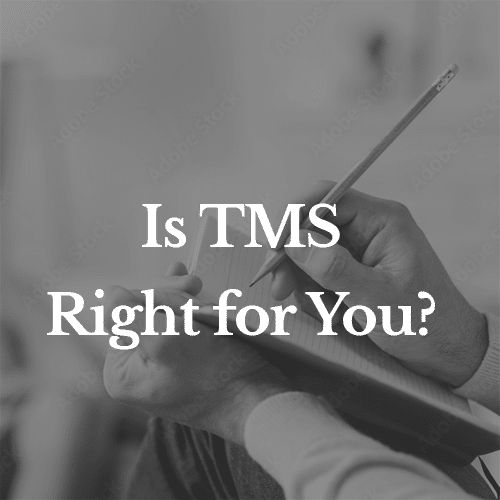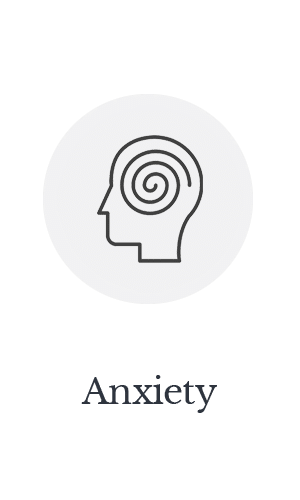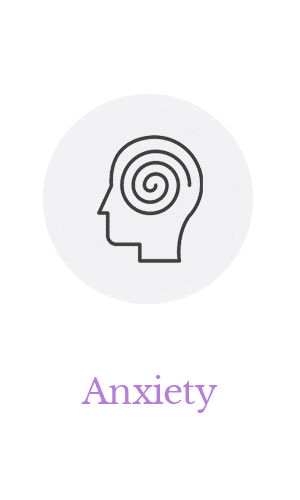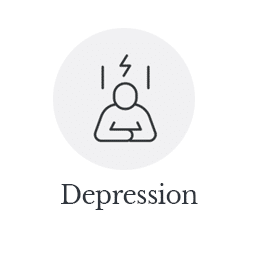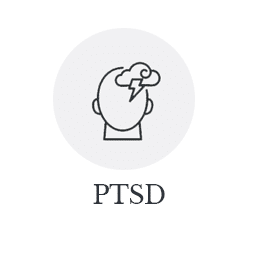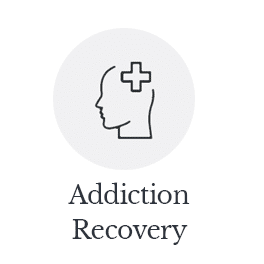Browse Articles

Patient Results
Real TMS success stories from our patients in their own words, as we interview them during their TMS journey’s.

Patient Results
Real TMS success stories from our patients in their own words, as we interview them during their TMS journey’s.








